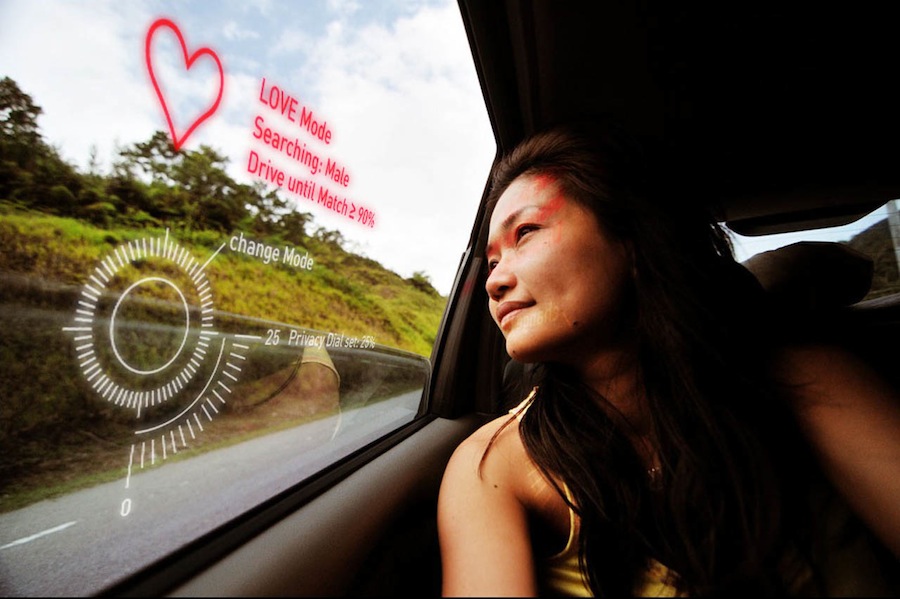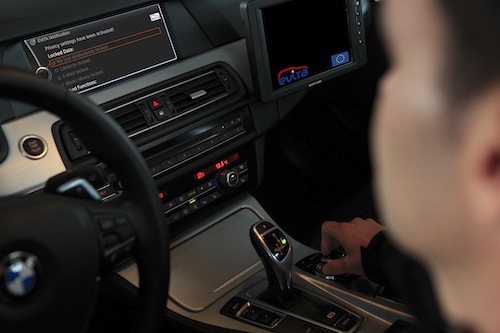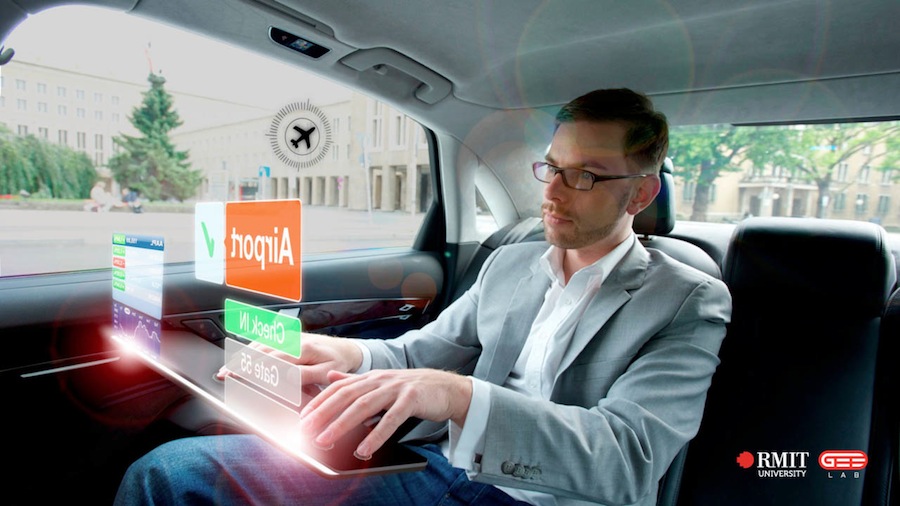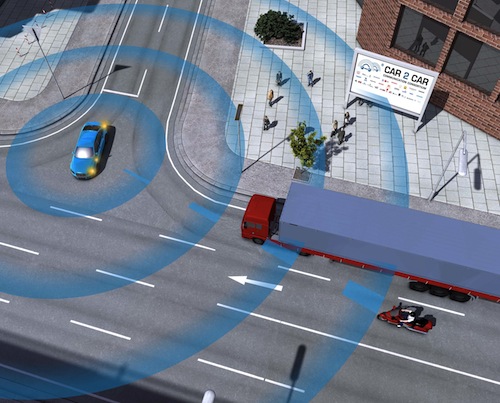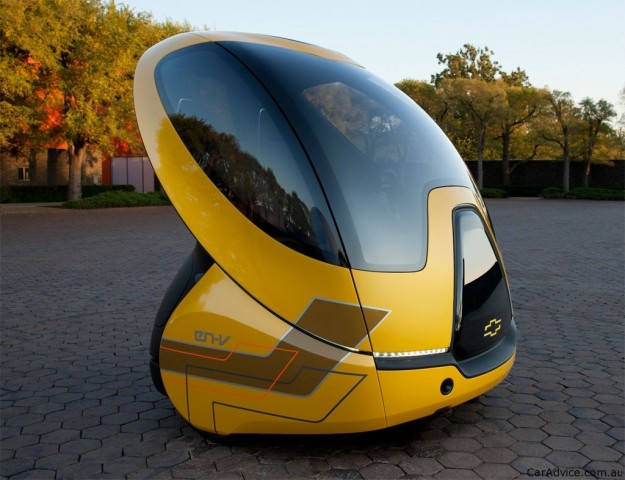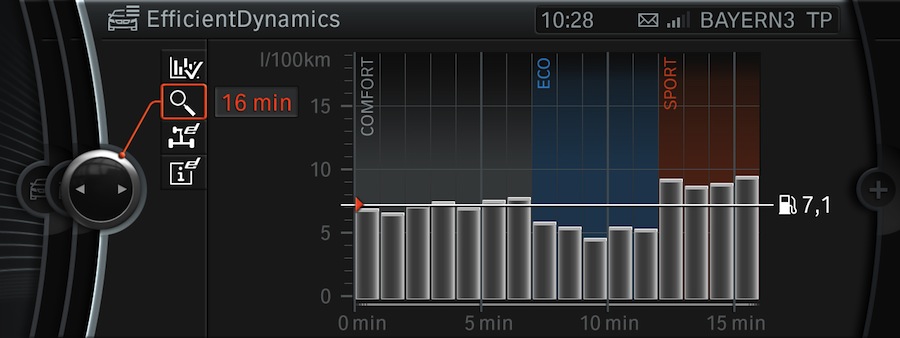COMPARING THE AUTO INDUSTRY to the computer industry is like comparing two different generations of technology. We’ve got super-fast smartphones and iPods streaming Rhapsody in our pockets, but satellite radio and clunky GPS devices attached to our dashboards.
Automakers are aware they’re a little behind the times, and by 2020, many are promising dashboard and safety systems as sophisticated as iPads — maybe even more so.
